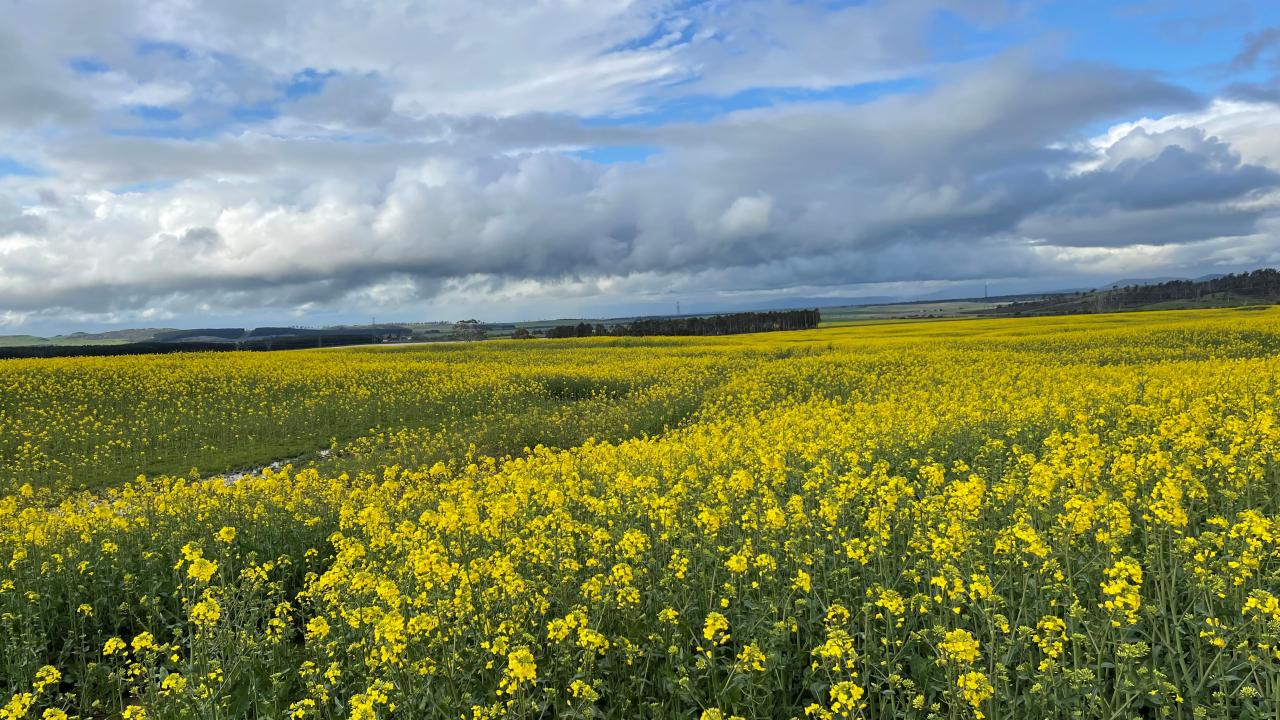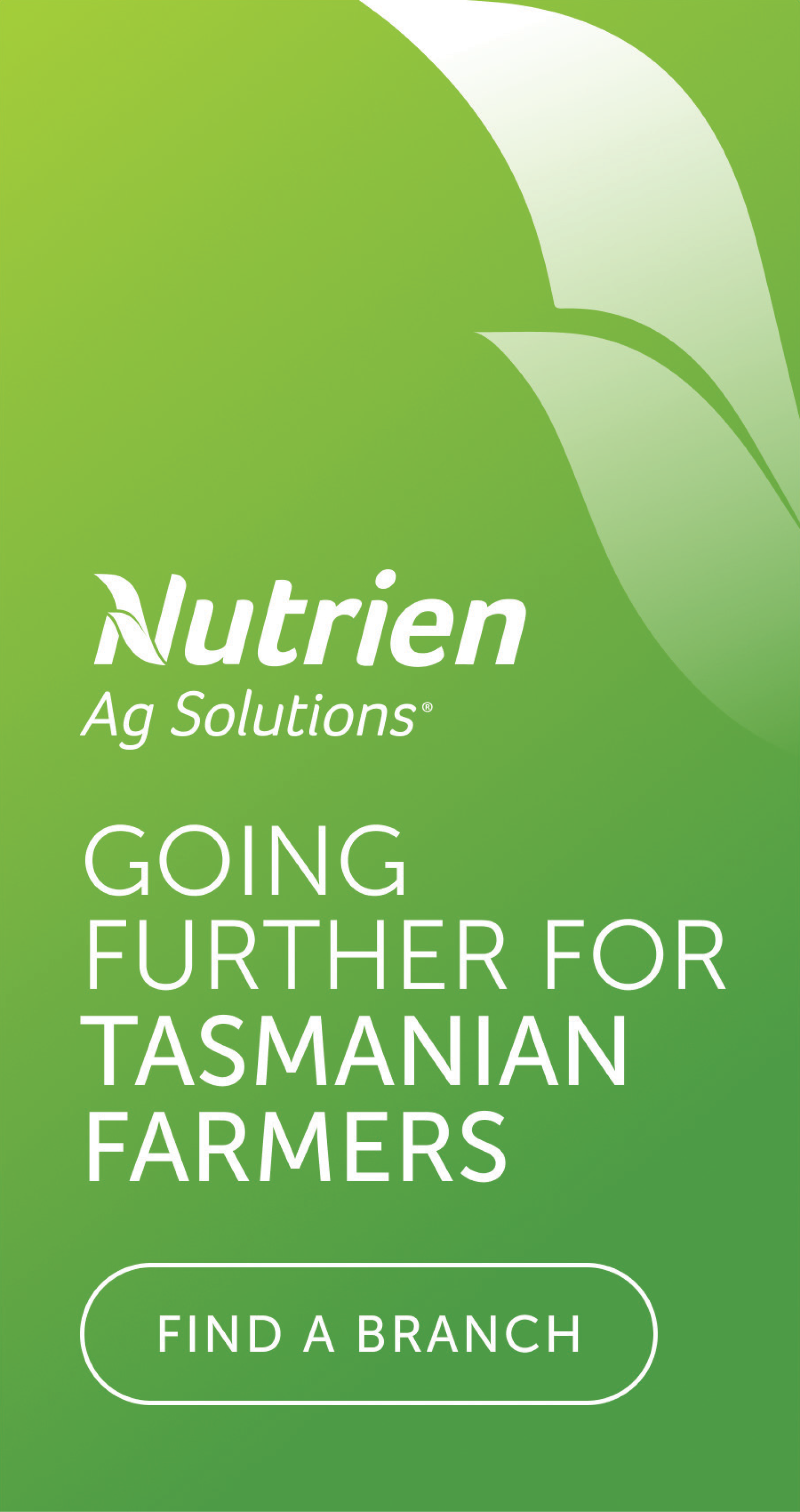Tasmanian grains set to take a back seat

EARLY indications are that some Tasmanian farmers are choosing to reduce the area sown to wheat and canola in favour of grass and pasture.
XLD Commodities chief executive officer John Tuskin said while they are expecting similar overall grain production to this season, some farmers may choose to plant less cereals .
“Obviously it’s early days, but anecdotally it looks like there could be some decreases in cereal planting,” Mr Tuskin said.
“There’s some indication people are looking at fodder options both for their own livestock but also some people have indicated there might be an option to tap into that North-West Coast market.
“It’s very much early indications of a small group of growers albeit the bigger ones.”
Mr Tuskin said soft market conditions for grain compared to the last few years was another factor impacting on farmers’ cropping decisions this season.
As the tough seasonal conditions continue and fodder supplies run out Mr Tuskin said demand for grain and particularly barley was now increasing as on-farm supplies across the state are depleted.
“We’re not getting run over every day with people squealing for grain but we definitely have a steady flow of people looking for an extra load,” he said.
“We also have the grain-free pellets which have increased significantly, but again off a fairly low base.”
Mr Tuskin said very dry conditions in many areas during the traditional autumn sowing period for wheat and canola also had an influence on farmer’s cropping decisions.
“We were tipping that canola is going to be down and wheat. Even though some people had some late rain, I don’t think they swung around and put a heap in,” he said.
Mr Tuskin said anticipating barley production was more difficult as most of the crop is sown in spring.
“It’s more opportunistic and it’s generally chasing moisture or putting it in after a failed crop, so it’s really hard to predict that,” he said.
“Last year we thought there wasn’t going to be much, but there must have been a lot go in. The spring just stopped dead but there must have been enough residual moisture there to get the crops off the quality was good too.”
Tasmanian Seed Industry Group president Rob Dent said while it was very early in the sowing season, with the current dry conditions he would not be surprised to see some pasture and fodder crops going in the ground soon.
“It’s hard to know at this stage ... but we’ve been still selling a bit of stuff over the winter time which is a bit unusual,” he said.
“People are starting to look at anything for quick feed so things like Italian ryegrass and oats. Not a lot at this stage but normally we sell next to nothing at this time of the year.”
Mr Dent said the dry conditions could see some farmers sowing pastures and fodder crops are early as August.
“We’ve had quite a few inquiries for pasture seed with people looking to put things in in August just because it’s dry and they can,” he said.
“Done in the Southern Midlands it’s dry and they can get on so they’ll sow things in August, even perennials because they can get them in and up and going.”
Mr Dent said he expects ryegrass production across the state this season to be similar to last year.




Add new comment